Abhijeet Phatak
Automated Query-Product Relevance Labeling using Large Language Models for E-commerce Search
Feb 21, 2025Abstract:Accurate query-product relevance labeling is indispensable to generate ground truth dataset for search ranking in e-commerce. Traditional approaches for annotating query-product pairs rely on human-based labeling services, which is expensive, time-consuming and prone to errors. In this work, we explore the application of Large Language Models (LLMs) to automate query-product relevance labeling for large-scale e-commerce search. We use several publicly available and proprietary LLMs for this task, and conducted experiments on two open-source datasets and an in-house e-commerce search dataset. Using prompt engineering techniques such as Chain-of-Thought (CoT) prompting, In-context Learning (ICL), and Retrieval Augmented Generation (RAG) with Maximum Marginal Relevance (MMR), we show that LLM's performance has the potential to approach human-level accuracy on this task in a fraction of the time and cost required by human-labelers, thereby suggesting that our approach is more efficient than the conventional methods. We have generated query-product relevance labels using LLMs at scale, and are using them for evaluating improvements to our search algorithms. Our work demonstrates the potential of LLMs to improve query-product relevance thus enhancing e-commerce search user experience. More importantly, this scalable alternative to human-annotation has significant implications for information retrieval domains including search and recommendation systems, where relevance scoring is crucial for optimizing the ranking of products and content to improve customer engagement and other conversion metrics.
Inducing Diversity in Differentiable Search Indexing
Feb 05, 2025Abstract:Differentiable Search Indexing (DSI) is a recent paradigm for information retrieval which uses a transformer-based neural network architecture as the document index to simplify the retrieval process. A differentiable index has many advantages enabling modifications, updates or extensions to the index. In this work, we explore balancing relevance and novel information content (diversity) for training DSI systems inspired by Maximal Marginal Relevance (MMR), and show the benefits of our approach over the naive DSI training. We present quantitative and qualitative evaluations of relevance and diversity measures obtained using our method on NQ320K and MSMARCO datasets in comparison to naive DSI. With our approach, it is possible to achieve diversity without any significant impact to relevance. Since we induce diversity while training DSI, the trained model has learned to diversify while being relevant. This obviates the need for a post-processing step to induce diversity in the recall set as typically performed using MMR. Our approach will be useful for Information Retrieval problems where both relevance and diversity are important such as in sub-topic retrieval. Our work can also be easily be extended to the incremental DSI settings which would enable fast updates to the index while retrieving a diverse recall set.
Direct Estimation of Pupil Parameters Using Deep Learning for Visible Light Pupillometry
May 10, 2023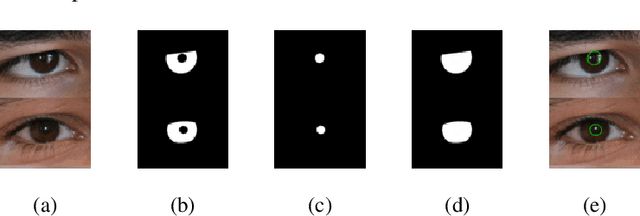

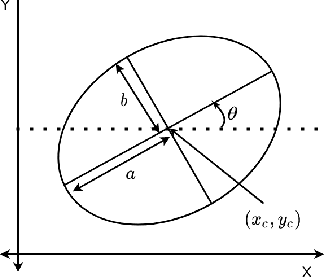
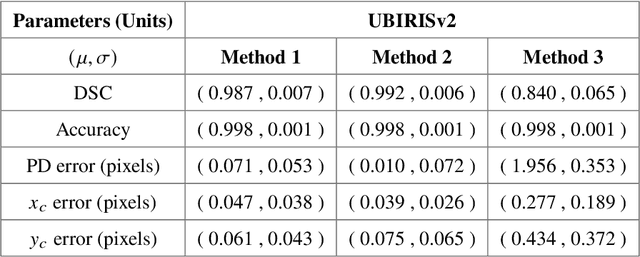
Abstract:Pupil reflex to variations in illumination and associated dynamics are of importance in neurology and ophthalmology. This is typically measured using a near Infrared (IR) pupillometer to avoid Purkinje reflections that appear when strong Visible Light (VL) illumination is present. Previously we demonstrated the use of deep learning techniques to accurately detect the pupil pixels (segmentation mask) in case of VL images for performing VL pupillometry. Here, we present a method to obtain the parameters of the elliptical pupil boundary along with the segmentation mask is presented. This eliminates the need for an additional, computationally expensive post-processing step of ellipse fitting and also improves segmentation accuracy. Using the time-varying ellipse parameters of pupil, we can compute the dynamics of the Pupillary Light Reflex (PLR). We also present preliminary evaluations of our deep-learning algorithms on clinical data. This work is a significant push in our goal to develop and validate a VL pupillometer based on a smartphone that can be used in the field.
Reconstructing complex field through opaque scattering layer with structured light illumination
May 19, 2022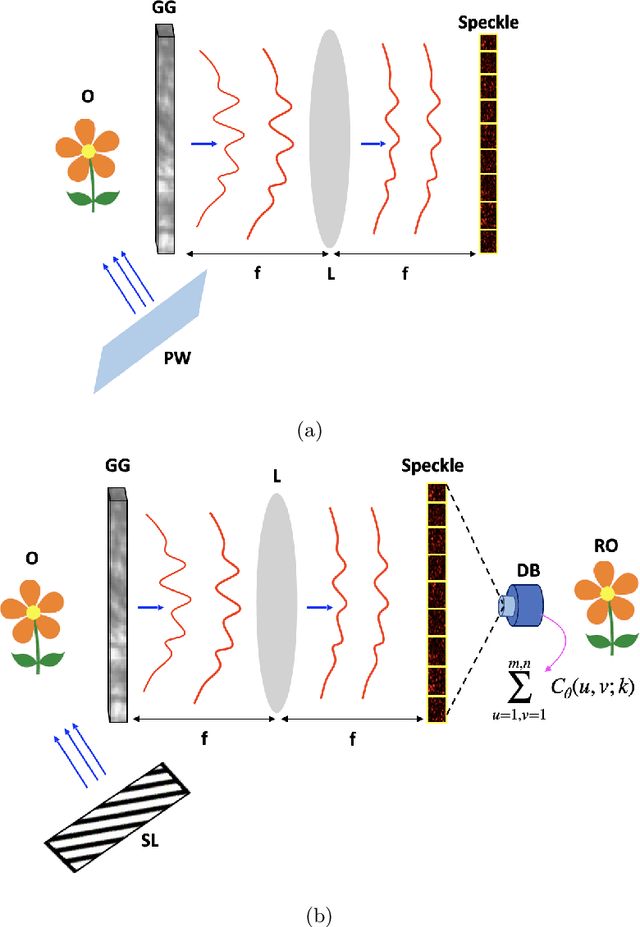
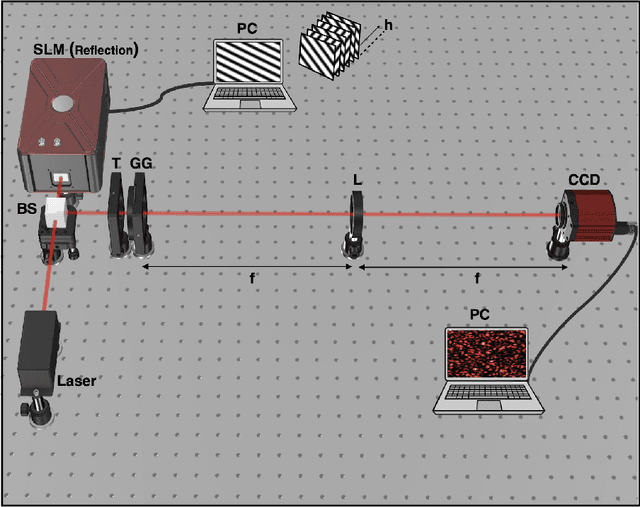
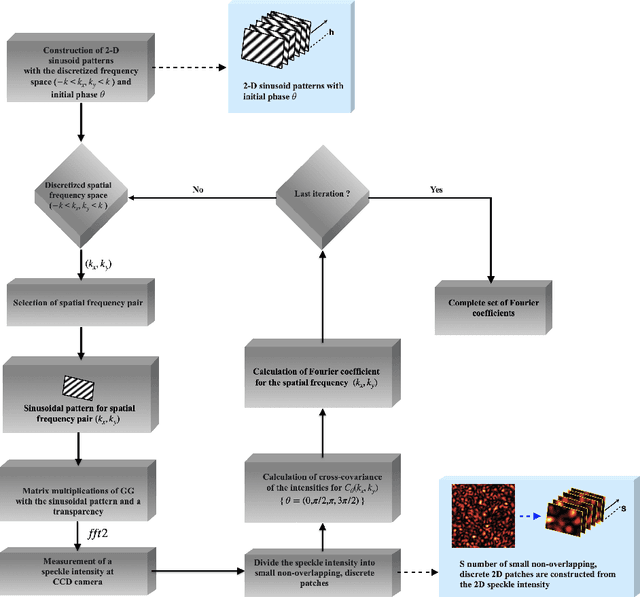
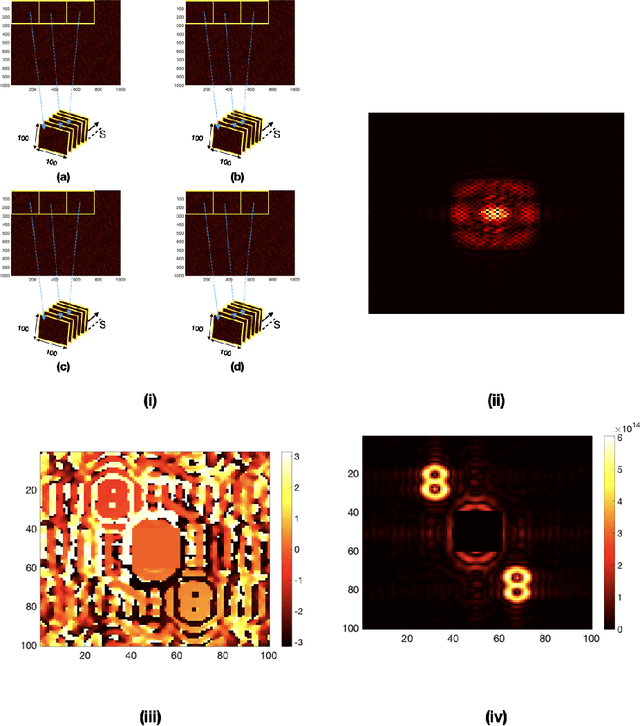
Abstract:The wavefront is scrambled when coherent light propagates through a random scattering medium and which makes direct use of the conventional optical methods ineffective. In this paper, we propose and demonstrate a structured light illumination for imaging through an opaque scattering layer. Proposed technique is reference free and capable to recover the complex field from intensities of the speckle patterns. This is realized by making use of the phase-shifting in the structured light illumination and applying spatial averaging of the speckle pattern in the intensity correlation measurement. An experimental design is presented and simulated results based on the experimental design are shown to demonstrate imaging of different complex-valued objects through scattering layer.
 Add to Chrome
Add to Chrome Add to Firefox
Add to Firefox Add to Edge
Add to Edge